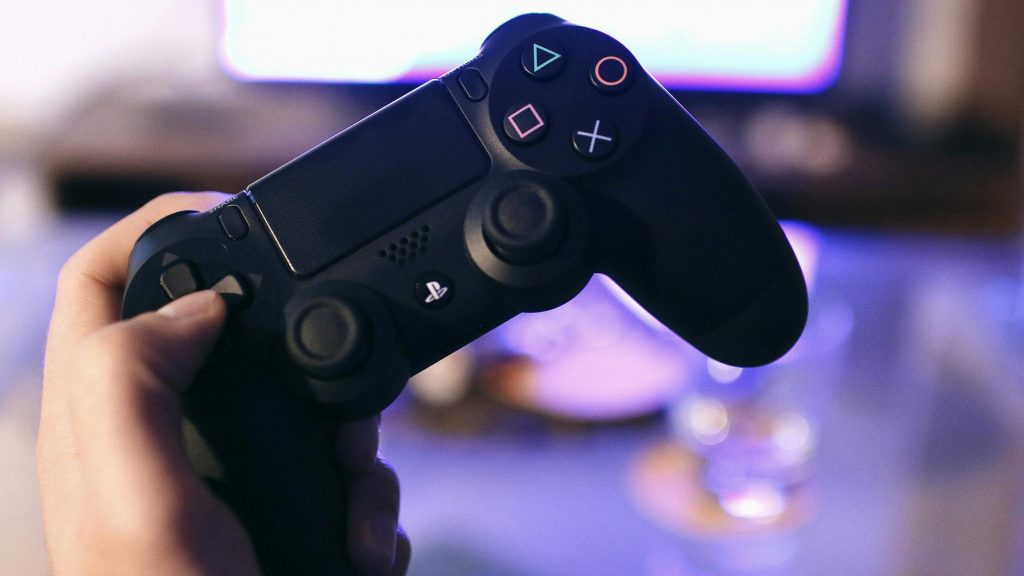The Quest for Gender Diversity and Representation in Video Games

Video games allow players to immerse themselves in entertaining worlds filled with endless possibilities and limitless realities. This is why it isn’t surprising that people of the LGBTQ+ community find comfort in this online space that provides them the opportunity for safe self-expression, amidst the harmful societal norms of reality. GLAAD reports that the active number of LGBTQ+ video game players has skyrocketed by 70%. However, despite the increased efforts for diversity in today’s gaming industry, areas regarding gender diversity within video games still lack adequate LGBTQ+ representation.
Where Is the Gender Diversity Most Prominent?
In the past, it was common in video games to have people play as a character with a predetermined binary gender; however, even if given the ability to choose, they would only be presented with the option between male or female characters. As the expansion of diverse narrative options for video game players grew, there is now more freedom for expression of queer identity.
Ryan Snyder, Director at Nielsen Games, states that “LGBTQ+ gamers are 29% more likely to play role-playing games and 54% more likely to play simulation games than the general population”. Data gathered by UCLA group Critical Gamers note that game genres such as role-playing games (RPGs) and adventure are the leading pioneers in providing gender alternatives beyond male-only playable characters, where an average of 64.17% of non-male characters are in adventure games, and an average of 44.13% exist in RPGs.
Some notable non-binary and transgender playable characters from other game genres are Clove (Valorant), Anja ‘Osa’ Jankovic (Rainbow Six Siege), Catalyst (Apex Legends), Testament (Guilty Gear Strive), the Knight (Hollow Knight), and Kris (Deltarune).
Where Are the Gaps in the Representation of Queer Gender Identities?
Although the data above indicates that video games are actively working to increase LGBTQ+ diversity, there is still a drastic imbalance in representing gender identities beyond the standard binary of male and female. Statistics gathered by GLAAD argue that 17% of active video game players are LGBTQ+, yet less than 2% of games on consoles and PCs include LGBTQ+ storylines or characters.
According to this Critical Gamers pie chart, there is an alarming amount of inequality in gender diversity among video game characters. The study applied to 637 characters, including all humanoid-like characters across 64 games of varying genres. It displays that male characters are substantially more prevalent among playable and non-playable characters than any other gender, where the lowest percentages of non-male representation are in non-binary (5.18%) and customizable (1.26%) characters.
Additionally, the representation of transgender characters in video games is low compared to the other demographics. However, accurate statistics on this matter are relatively new and limited, as not all games want to disclose or focus on the gender identities of their characters. This might bode well for the confirmation of more transgender, non-binary, and other gender queer characters in the future.
Why Is Representation Beyond the Gender Binary Important?
The LGBTQ+ is a heavily marginalized group where those who identify with it face harassment and hate both online and in real life. Video games have the power to challenge the destructive stereotypes of society and contribute to fostering a more inclusive world for LGBTQ+ people to thrive.
During an interview with Evan J. Peterson, writer of the interactive novel game Drag Star!, they stated that because we are in a time where the narratives, storytelling, and characters of games are getting taken more seriously, the fans want well-rounded characters with fully believable storylines.
For some, identifying with the characters they play is not as important to them; however, Peterson said that they will identify with the characters they play one way or another. They continued to note that, as they are genderfluid and queer-identifying, it is important to see qualities of themselves within a character and prefer the option to play whatever gender and sexuality they please.
Peterson agrees that it is only appropriate for video games to include characters with genders outside of the standard binary because players should be able to see characters whom they can relate to in the game. Research from GLAAD states that not only are LGBTQ+ gamers more likely to buy or play a game with queer representation, but also, 3 out of 4 say that just seeing their gender or sexuality represented appropriately in a game makes them feel better about themselves.
It is crucial for video games to offer players the chance to experience what they desire, as some players also want to explore different perspectives other than their own.
How Can We Improve Gender Diversity in Video Games?
Those who play games are much more diverse than those who make them. The push for LGBTQ+ representation and gender diversity in video games can begin with the cooperation of those who work on the inside: developers, designers, writers, etcetera.
Expanding the customizable gender options within games will allow players to reflect their identities onto their characters. In games where you must pick a playable character, providing a wide range of different gendered characters to choose from will increase the visibility of queer existence. Peterson also suggests that game creators should simply listen to the fans when they either ask for or say something is missing from a game.
As a result, the inclusion of diverse gender identities in video games will enhance the players’ gaming experience and cultivate a deeper connection to the game they play. The gaming industry must continue striving for inclusivity to reflect the broad spectrum of the modern human experience.





